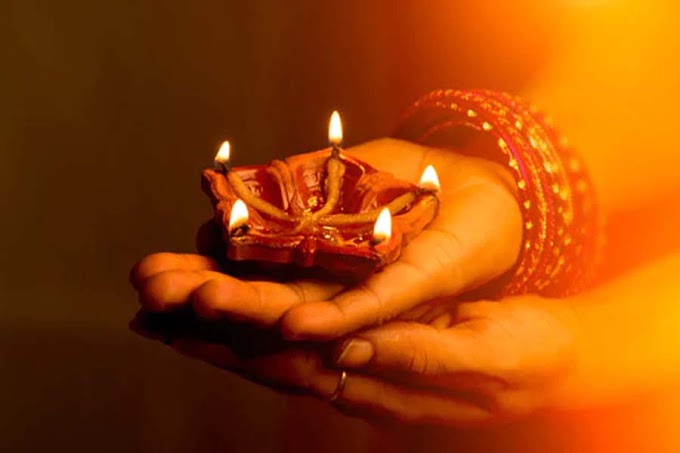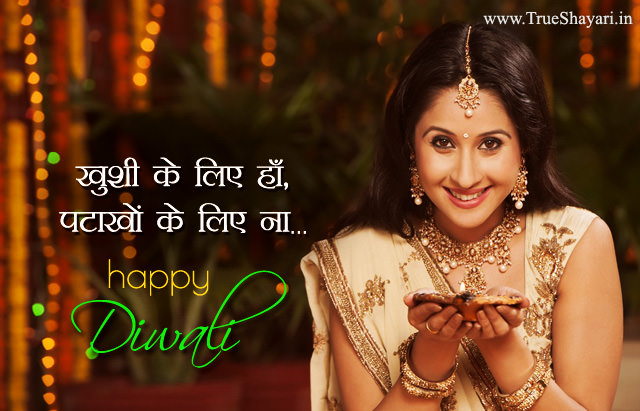DAY 3, 14 NOVEMBER 2020, DIWALI, Lakshmi Puja, Diwali Kedar Gauri Vrat, Chopda Puja Sharda Puja, Kali Puja
.The third day is the height of the festival. and coincides with the last day of the dark fortnight of the lunar month. This is the day when Hindu, Jain and Sikh temples and homes are aglow with lights, thereby making it the "festival of lights". The word Deepawali comes from the word the Sanskrit word deep, word deep, which means an Indian lantern/lamp.
तीसरे दिन त्योहार की ऊंचाई है। और चंद्र महीने के अंधेरे पखवाड़े के अंतिम दिन के साथ मेल खाता है। यह वह दिन है जब हिंदू, जैन और सिख मंदिर और घर रोशनी से भरपूर होते हैं, जिससे यह "रोशनी का त्योहार" बन जाता है। दीपावली शब्द संस्कृत शब्द गहरी, शब्द गहरी से आया है, जिसका अर्थ है भारतीय लालटेन / दीपक।
The youngest members of the family visit their elders, such as grandparents and other senior members of the community, on this day. Small business owners give gifts or special bonus payments to their employees between Dhanteras and Lakshmi Pujan. Shops either do not open or close early on this day allowing employees to enjoy family time.
Shopkeepers and small operations perform puja rituals in their office premises. Unlike some other festivals, the Hindu typically does not fast during the five-day-long Diwali including Lakshmi Pujan, rather they feast and share the bounties of the season at their workplaces, community centers, temples, and homes.
परिवार के सबसे छोटे सदस्य इस दिन अपने बुजुर्गों, जैसे दादा दादी और समुदाय के अन्य वरिष्ठ सदस्यों से मिलने जाते हैं। छोटे व्यवसाय के मालिक धनतेरस और लक्ष्मी पूजन के बीच अपने कर्मचारियों को उपहार या विशेष बोनस भुगतान देते हैं। दुकानें या तो इस दिन जल्दी नहीं खुलती या बंद होती हैं, जिससे कर्मचारी परिवार के समय का आनंद ले सकते हैं।
दुकानदार और छोटे ऑपरेशन अपने कार्यालय परिसर में पूजा अनुष्ठान करते हैं। कुछ अन्य त्योहारों के विपरीत, हिंदू आमतौर पर लक्ष्मी पूजन सहित पांच दिवसीय दिवाली के दौरान उपवास नहीं करते हैं, बल्कि वे अपने कार्यस्थलों, सामुदायिक केंद्रों, मंदिरों और घरों में मौसम की दावतों को साझा करते हैं।
As the evening approaches, celebrants will wear new clothes or their best outfits, teenage girls and women, in particular, wear saris and jewelry. At dusk, family members gather for the Lakshmi Pujan, although prayers will also be offered to other deities, such as Ganesha, Saraswati, Rama, Lakshmana, Sita, Hanuman, or Kubera. The lamps from the puja ceremony are then used to light more earthenware lamps, which are placed in rows along the parapets of temples and houses, while some days are set adrift on rivers and streams. After the puja, people go outside and celebrate by lighting up patakhe (fireworks) together, and then share a family feast and sweets, desserts.
जैसे-जैसे शाम करीब आती है, वैसे-वैसे सेलिब्रेटीज़ नए कपड़े या अपने बेस्ट आउटफिट्स, टीनएज लड़कियों और महिलाओं को पहनेंगे, विशेष रूप से, साड़ी और ज्वैलरी पहनें। शाम के समय, परिवार के सदस्य लक्ष्मी पूजन के लिए इकट्ठा होते हैं, हालांकि अन्य देवताओं, जैसे गणेश, सरस्वती, राम, लक्ष्मण, सीता, हनुमान, या कुबेर की भी पूजा की जाएगी। पूजा समारोह के दीपकों का उपयोग तब अधिक मिट्टी के बर्तनों को जलाने के लिए किया जाता है, जिन्हें मंदिरों और घरों के परकोटे के साथ पंक्तियों में रखा जाता है, जबकि कुछ दीयों को नदियों और नालों पर स्थापित किया जाता है। पूजा के बाद, लोग बाहर जाते हैं और एक साथ पटाखे (आतिशबाजी) जलाकर जश्न मनाते हैं, और फिर एक पारिवारिक दावत और मिठाइयाँ, मिठाइयाँ बाँटते हैं।
.
The puja and rituals in the Bengali Hindu community focus on KALI, the goddess of war, instead of Lakshmi. According to Rachel Fell McDermott, a scholar of South Asian, particular Bengali, studies, in Bengal during Navaratri (Dussehra elsewhere in India) the DURGA PUJA is the main focus, although in the eastern and northeastern states the two are synonymous, on Diwali, the focus is on the puja dedicated to Kali. These two festivals likely developed in tandem over their recent histories, states McDermott. Textual evidence suggests that Bengali Hindus worshipped Lakshmi before the colonial era, and that the Kali puja is a more recent phenomenon. Contemporary Bengali celebrations mirror those found elsewhere, with teenage boys playing with fireworks and the sharing of festive food with family, but with the SHAKTI goddess Kali as the focus.
बंगाली हिंदू समुदाय में पूजा और अनुष्ठान लक्ष्मी के बजाय युद्ध की देवी, केली पर केंद्रित हैं। राहेल फेल मैकडरमोट के अनुसार, दक्षिण एशियाई, विशेष रूप से बंगाली के एक विद्वान, अध्ययन करते हैं, बंगाल में नवरात्रि (भारत में कहीं और दशहरा) के दौरान, दुर्गा पुजा मुख्य ध्यान केंद्रित है, हालांकि पूर्वी और उत्तर पूर्वी राज्यों में दोनों समानार्थी हैं, लेकिन दिवाली का फोकस काली को समर्पित पूजा पर है। इन दो त्यौहारों की संभावना उनके हाल ही के इतिहास के बारे में मिलकर विकसित होती है, मैकडरमोट कहते हैं। पाठ्य साक्ष्य बताते हैं कि बंगाली हिंदुओं ने औपनिवेशिक युग से पहले लक्ष्मी की पूजा की थी, और काली पूजा हाल की घटना है। समकालीन बंगाली समारोहों में उन लोगों को शामिल किया गया है, जो किशोर लड़कों को आतिशबाजी के साथ खेलते हैं और परिवार के साथ उत्सव के भोजन की साझेदारी करते हैं, लेकिन फोकस के रूप में SHAKTI देवी काली के साथ।
On the night of Diwali, rituals across much of India are dedicated to Lakshmi to welcome her into their cleaned homes and bring prosperity and happiness for the coming year. while the cleaning, or painting, of the home, is in part for goddess Lakshmi, it also signifies the ritual "reenactment of the cleansing, purifying action of the monsoon rains" that would have concluded in most of the Indian subcontinent. Vaishnava families recite Hindu legends of the victory of good over evil and the return of hope after despair on the Diwali night, where the main characters may include Rama, Krishna, Vamana, or one of the avatars of Vishnu, the divine husband of Lakshmi,. At dusk, lamps placed earlier in the inside and outside of the home are lit up to welcome Lakshmi. Family members light up firecrackers, which some interpret as a way to ward off all evil spirits and the inauspicious, as well as add to the festive mood.

The celebrations and rituals of the Jains and the Sikhs are similar to those of the Hindus where social and community bonds are renewed. Major temples and homes are decorated with lights, festive foods shared with all, friends and relatives remembered and visited with gifts



































कोई टिप्पणी नहीं:
एक टिप्पणी भेजें